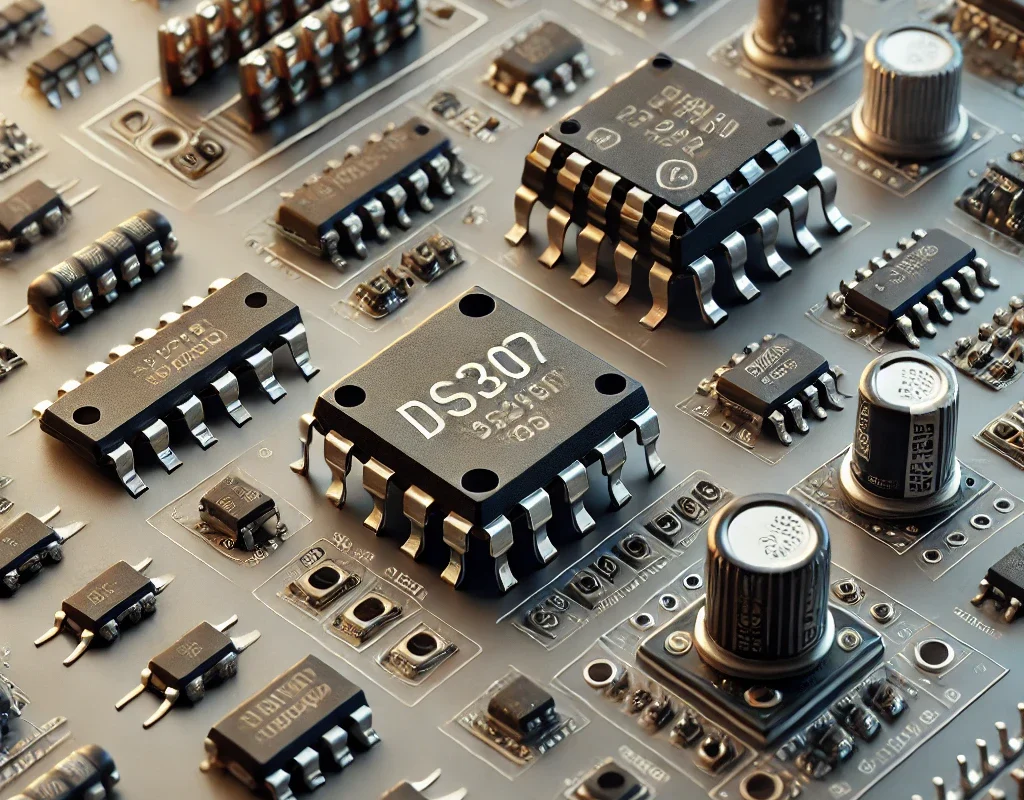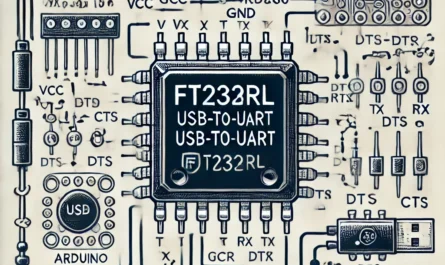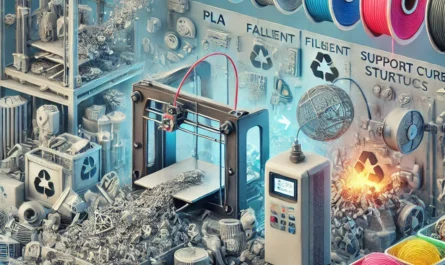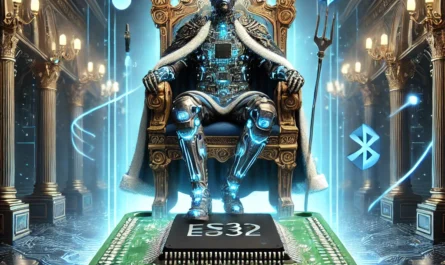1️⃣ What Is an RTC Chip?
- Definition:
A Real-Time Clock (RTC)chip is a dedicated integrated circuit that keeps track of the current time and date. - Purpose:
- Maintains accurate time even when the main system power is off (using a battery backup).
- Provides timekeeping functions for clocks, data loggers, and other time-dependent projects.
- Key Features:
- Crystal Oscillator or Internal Oscillator: Generates a precise clock signal (commonly 32.768 kHz).
- Battery Backup: Ensures the RTC continues running during power outages.
- I2C or SPI Interface: Simplifies communication with microcontrollers like Arduino.
- Temperature Compensation (in advanced RTCs): Corrects timing drift due to temperature variations.
2️⃣ Common RTC Chips
⭐ DS3231 – The High-Accuracy RTC

- Accuracy:
- Temperature-compensated and highly accurate (±2 ppm), resulting in minimal drift (about 1 minute per year).
- Features:
- Integrated Oscillator: No need for an external crystal.
- I2C Interface: Easy to interface with Arduino.
- Built-in Temperature Sensor: Adjusts timing based on ambient temperature changes.
- Ideal For:
- Precision clocks, data logging, and any application where long-term accuracy is crucial.
🔧 DS1307 – The Classic RTC
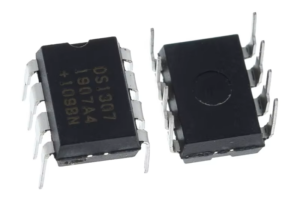
- Accuracy:
- Less accurate than DS3231; can drift several minutes per month.
- Features:
- External Crystal Required: Uses a 32.768 kHz crystal, which must be added separately.
- I2C Interface: Widely supported by many microcontrollers.
- Ideal For:
- Hobby projects and applications where extreme accuracy isn’t critical.
🔹 Other RTC Options
- DS1302:
- Uses a simpler serial interface (not I2C or SPI) and requires a backup battery.
- Often found in older or very low-power applications.
- PCF8563/PCF8523:
- RTCs from NXP that use an I2C interface.
- They offer good performance and low power consumption, making them popular in some embedded systems.
- Comparison Points:
- Interface: Most modern RTCs (DS3231, DS1307, PCF8563) use I2C, simplifying wiring.
- Accuracy: DS3231 stands out due to its temperature compensation and minimal drift.
- Power Consumption: Many RTCs are designed to operate on very little power, preserving battery life.
3️⃣ Applications of RTC Chips
- Clocks & Watches:
- Provide the backbone for accurate timekeeping in DIY clocks and wristwatches.
- Data Logging:
- Timestamp sensor readings for environmental monitoring, weather stations, and industrial processes.
- Alarm Systems:
- Schedule events or trigger actions at specific times.
- IoT Devices:
- Synchronize events in connected systems, ensuring coordinated actions across devices.
4️⃣ Choosing the Right RTC Chip
- For Precision:
- DS3231 is the best choice when accuracy and temperature compensation are required.
- For Simplicity and Cost:
- DS1307 can be sufficient for non-critical applications where some drift is acceptable.
- For Low-Power/Legacy Projects:
- DS1302 or PCF-series chips may be considered based on specific power or interface needs.
🎯 Conclusion
RTC chips are essential for projects that require accurate timekeeping, data logging, or scheduled events. Among the popular options, the DS3231 stands out as the most accurate and reliable, while the DS1307 offers a cost-effective solution for less demanding projects. Other chips like the DS1302 or PCF8563 offer alternatives based on interface or power consumption requirements.

